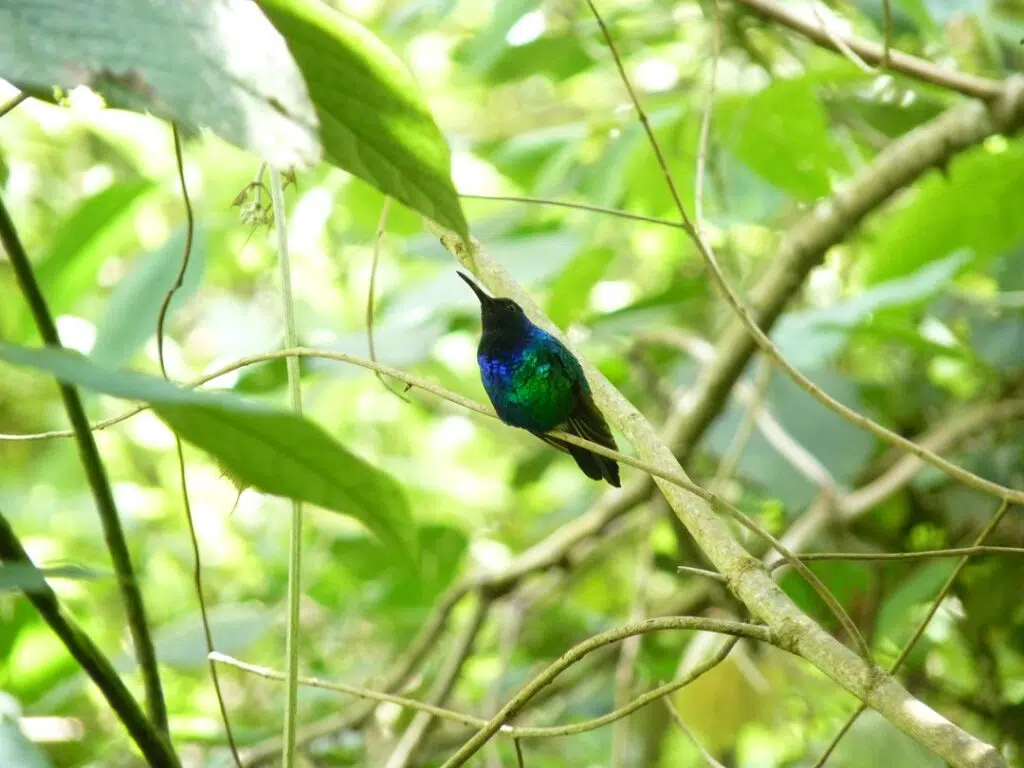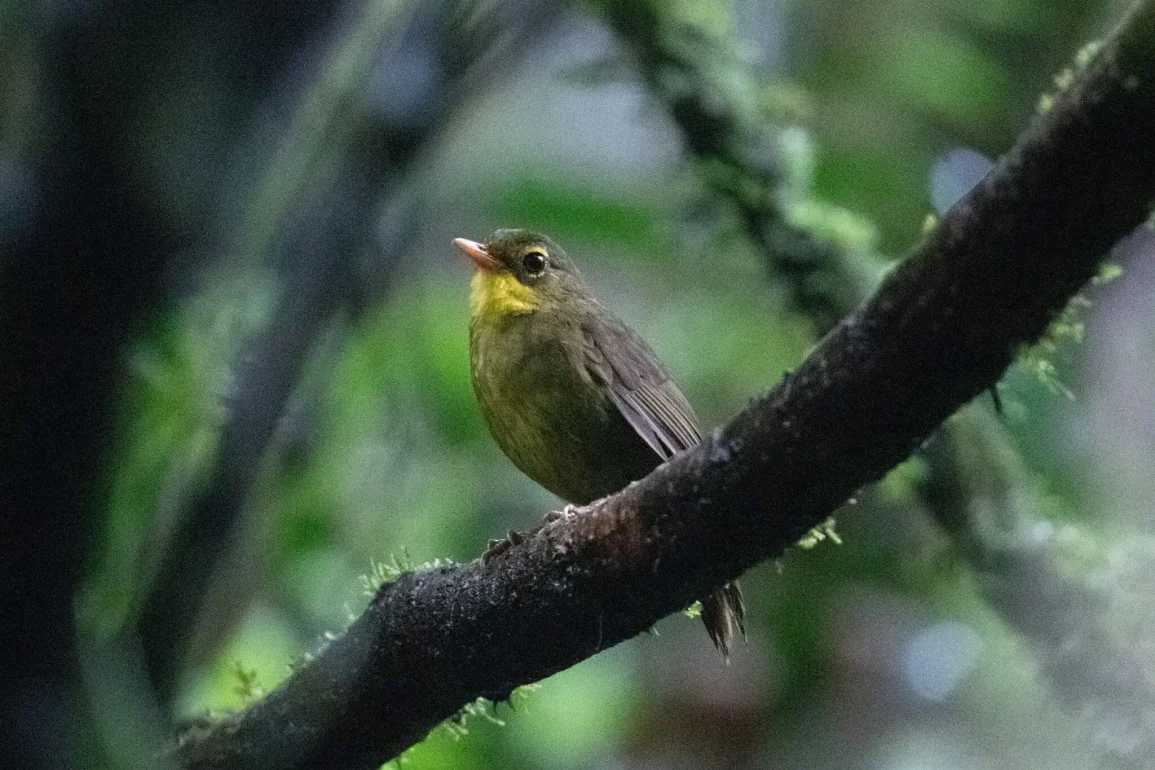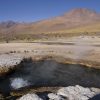Scientists are collaborating with citizen scientists to search for over 120 bird species that have not been observed in over a decade, raising concerns about their potential extinction. The widespread use of smartphones and birding apps has generated vast amounts of data, which ornithologists analyzed to identify these “lost” species.
Their study, published in Frontiers in Ecology and the Environment, initially identified 144 species as missing, but some have since been rediscovered or reclassified, leaving 126 species still unaccounted for.
The researchers emphasize that these “lost” birds are not necessarily extinct, as only 62% are at risk of extinction. The term “lost species” refers to animals that have not been seen in the wild or in captivity for over ten years. Despite their rarity and the risks they face, these species sometimes reappear, offering hope that they may still exist in undiscovered locations.

Birds are among the most well-documented animals on Earth, which makes the absence of even a small percentage of species notable. The study’s findings underscore the importance of locating these missing species to prevent them from becoming extinct. Ornithologists believe that finding these birds is crucial for initiating conservation efforts before it’s too late.
In 2021, the American Bird Conservancy (ABC) launched an initiative encouraging bird watchers to help locate 10 of the rarest species, which are also considered lost. This initiative yielded success when the Santa Marta sabrewing, one of the targeted birds, was spotted in Colombia in 2022. Such discoveries highlight the potential for citizen scientists to play a key role in rediscovering lost species and aiding conservation efforts.
The challenge of finding lost species is not confined to birds. Global Wildlife Conservation has maintained a list of 2,200 lost species worldwide since 2017, of which only 13 have been rediscovered. This ongoing search emphasizes the need for collaboration between scientists and the public to locate and protect species that have seemingly vanished from the natural world.

